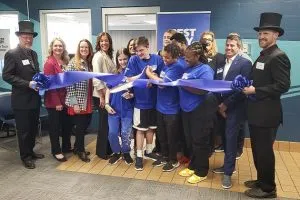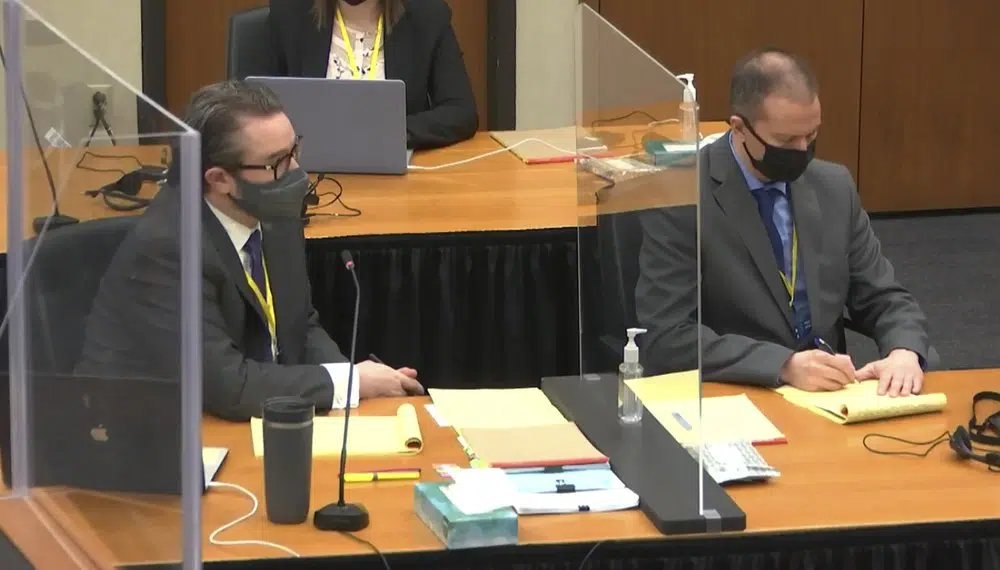(KNSI) – People who were interested in following the trial of Derek Chauvin could watch live video from the courtroom all the way from jury selection to the verdict announcement. That was the first time a criminal trial was broadcast in Minnesota, and it won’t be the last; Hennepin County Judge Peter Cahill’s order that allowed Chauvin’s trial to be broadcast extends to the August trial of the three other ex-cops charged in George Floyd’s murder.
Widespread interest in the trial and restricted capacity in the courtroom due to COVID-19 were both factors in Cahill’s decision.
St. Cloud State University assistant professor of criminal justice studies John Baker says cameras have been permitted in Minnesota’s courtrooms for a long time, but the judge and all parties involved have to agree to use them. In most cases, they don’t.
“We’ve seen cameras in the courtroom post-conviction, during a sentencing hearing and stuff like that,” Baker said. “We saw in the Mohamed Noor case cameras were in the courtroom when he got sentenced, but they weren’t in the courtroom during the entire trial.”
Baker says Chauvin’s trial was a far cry from what Americans witnessed in O.J. Simpson’s televised murder trial in 1995.
“That trial went on for months, and there was grandstanding by the prosecution, by the defense, even by the judge in that case,” Baker said of the Simpson trial. “And that’s what a lot of people compare.
“Judge Cahill, number one, had a very tight rein on his courtroom,” Baker continued, turning to the Chauvin trial. “The attorneys were very professional. I didn’t see any grandstanding. I don’t think [the broadcast] had any effect, or if it did have any effect, it’s not enough to overturn the case on appeal.”
St. Cloud-based criminal defense attorney Mike Bryant says broadcasting Chauvin’s trial made it more accessible to the public and showed people what an actual criminal trial looks like.
“I think it showed people how trials work really, you know, versus how they are on TV,” Bryant said. “I think people were everything from completely fascinated by the things to thinking ‘Wow, this isn’t really that exciting.'”
Bryant also says he believes the live broadcast had little to no effect on how Chauvin’s trial proceeded.
“As of yet, I don’t think we’ve heard of any jurors saying that they thought that was a big deal or that they even noticed it,” Bryant said. “They did a great job of concealing who the jurors were during the trial.”
Baker projects that we could see more instances of broadcasted criminal trials in Minnesota.
“For me, it was a successful experiment to see whether this works, and it provided a huge amount of transparency,” Baker said.










